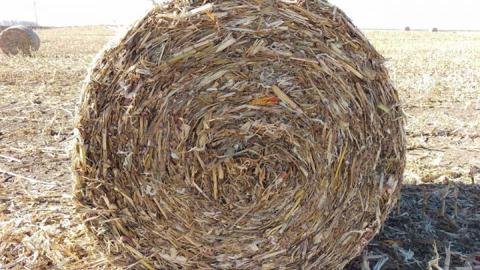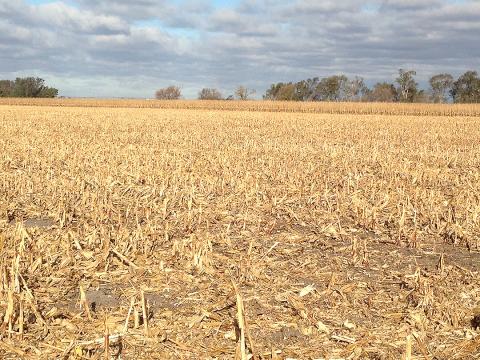Pasture and Forage Minute: Overgraze Pastures Now to Prep for Interseeding Legumes Next Spring
September 22, 2021
This week, Extension Educator Ben Beckman explains how to produce nitrogen in a pasture by interseeding legumes — plus, a review on testing hay for its quality and baling corn stalks for forage.
Crop Residue Exchange Links Growers and Grazers
August 23, 2021
The Crop Residue Exchange continues to connect livestock producers with crop residue and other forage resources.
Cattle Compaction in Cropland: Fact or Fiction?
August 23, 2021
Grazing corn residue is a low-cost winter feed for cattle and source of additional income with no negative effects on cropland.
Effects and Economics of Grazing Cover Crops in a Three-Year Non-Irrigated Rotation
February 18, 2021
Nebraska Extension reveals findings from long-term crop and livestock system On-Farm Research study.
Corn Residue Baling Workshop to be held at Husker Harvest Days
August 28, 2018
View daily demonstrations of corn residue baling equipment and get answers to your questions about its use at this year's Husker Harvest Days.
Crop Residue Removal: Impacts on Yield
December 8, 2017
A review of multiple research studies indicates that where moisture is not limited, residue removal can result in no yield reduction to yield increases for the subsequent crop. However, long-term residue removal has been shown to affect other production factors and it's recommended that even in minimal erosion areas, removing residue does impact other production factors and it's recommended that 2.4 tons/acre of residue be left in the field.
Agronomy Seminar: Corn Residue Utilization Effects
February 27, 2017
The effects of corn residue utilization on yield, crop water use, and the soil resource will be the focus of a seminar Friday, March 3, in Lincoln. Marty Schmer, research agronomist with the USDA Agricultural Research Service, will present the program hosted by the University of Nebraska-Lincoln Department of Agronomy and Horticulture.






